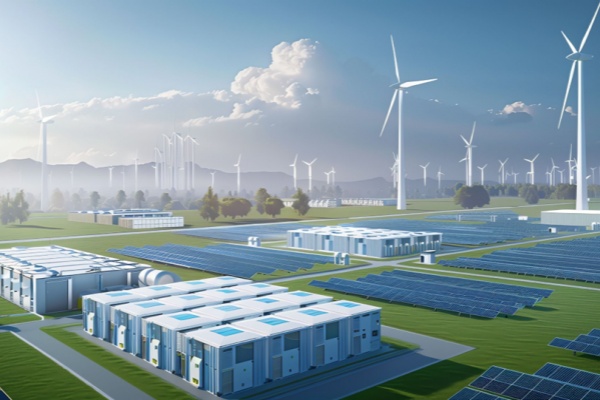Energy

With societal development and progress, the energy sector’s management requirements are becoming increasingly standardized, scientific, and data-driven. To achieve energy exploration and data analysis in complex geographical and climatic environments, equipment must not only possess ruggedized features (dustproof, waterproof, drop-resistant, and high/low temperature resistance) but also operate safely and efficiently in diverse natural conditions such as deserts, mountains, extreme climates, and oil fields.
1. Coal Mining Industry
a) Mining Inspection
Intelligent terminals equipped with built-in standardized databases enable precise identification of safety hazards. Operators can:
- Capture and photograph risks in real time
- Instantly upload data for analysis via 4G/5G or Wi-Fi 6
- Visualize inspection processes and enhance on-site monitoring
b) Fleet Management Optimization
By integrating IT, industrial expertise, and management systems, intelligent terminals leverage GNSS positioning and communication functions to:
- Centralize vehicle tracking and dispatching
- Optimize resource allocation through AI algorithms
- Reduce fleet management costs by 35-40%
2. Power Industry
a) Substation Management
Mobile terminals enable real-time electronic maintenance and data uploads. Field technicians can:
- Access and update equipment records on-site
- Synchronize data with backend systems via 4G/Wi-Fi (600Mbps throughput)
b) Cable Facility Inspection
Mobile terminals support:
- Offline download and review of inspection plans
- Real-time defect reporting (online/offline modes)
- Automated workflow closure post-inspection
c) Smart Meter Reading
Handheld terminals integrated with metering systems:
- Eliminate human errors in data collection
- Prevent revenue leakage through NFC/RFID authentication
- Achieve 99.9% billing accuracy
d) Asset Inventory Management
Wireless-enabled mobile solutions with barcode/RFID technology:
- Streamline digital asset tracking
- Enable real-time inventory synchronization
- Reduce audit time by 50% through automated workflows
3. Oil & Gas Industry
a) Oilfield Equipment Inspection
A real-time inspection system combining rugged terminals and management platforms:
- Enhances maintenance efficiency by 45%
- Provides predictive maintenance alerts via IoT sensors
- Ensures compliance with ATEX safety standards
b) Pipeline Inspection
Intelligent inspection systems enable:
- Immediate reporting of pipeline anomalies via 5G connectivity
- 60% reduction in manual data entry through automated logging
- Real-time risk analysis using AI-powered diagnostics